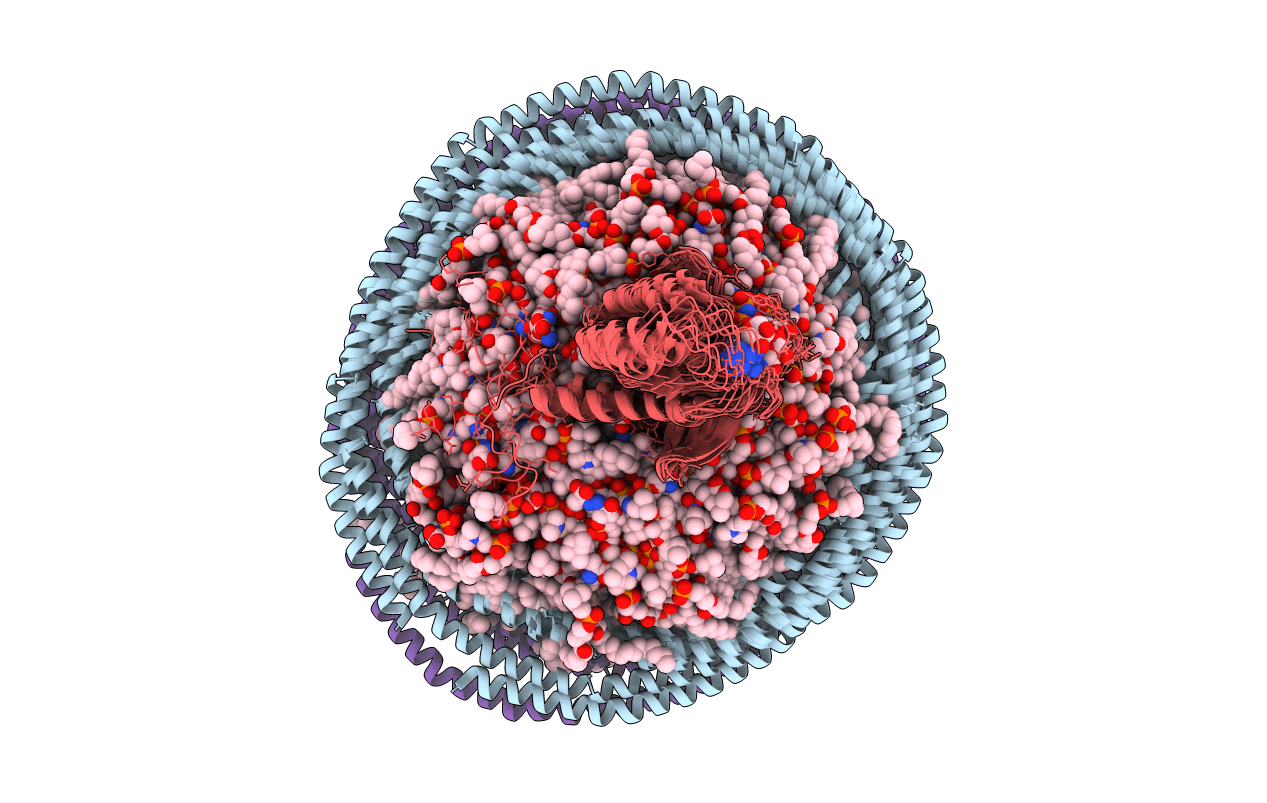
Deposition Date
2014-07-29
Release Date
2015-06-03
Last Version Date
2024-05-01
Entry Detail
PDB ID:
2MSD
Keywords:
Title:
NMR data-driven model of GTPase KRas-GNP tethered to a lipid-bilayer nanodisc
Biological Source:
Source Organism:
Homo sapiens (Taxon ID: 9606)
Host Organism:
Method Details:
Experimental Method:
Conformers Calculated:
3000
Conformers Submitted:
10
Selection Criteria:
structures with the lowest energy


